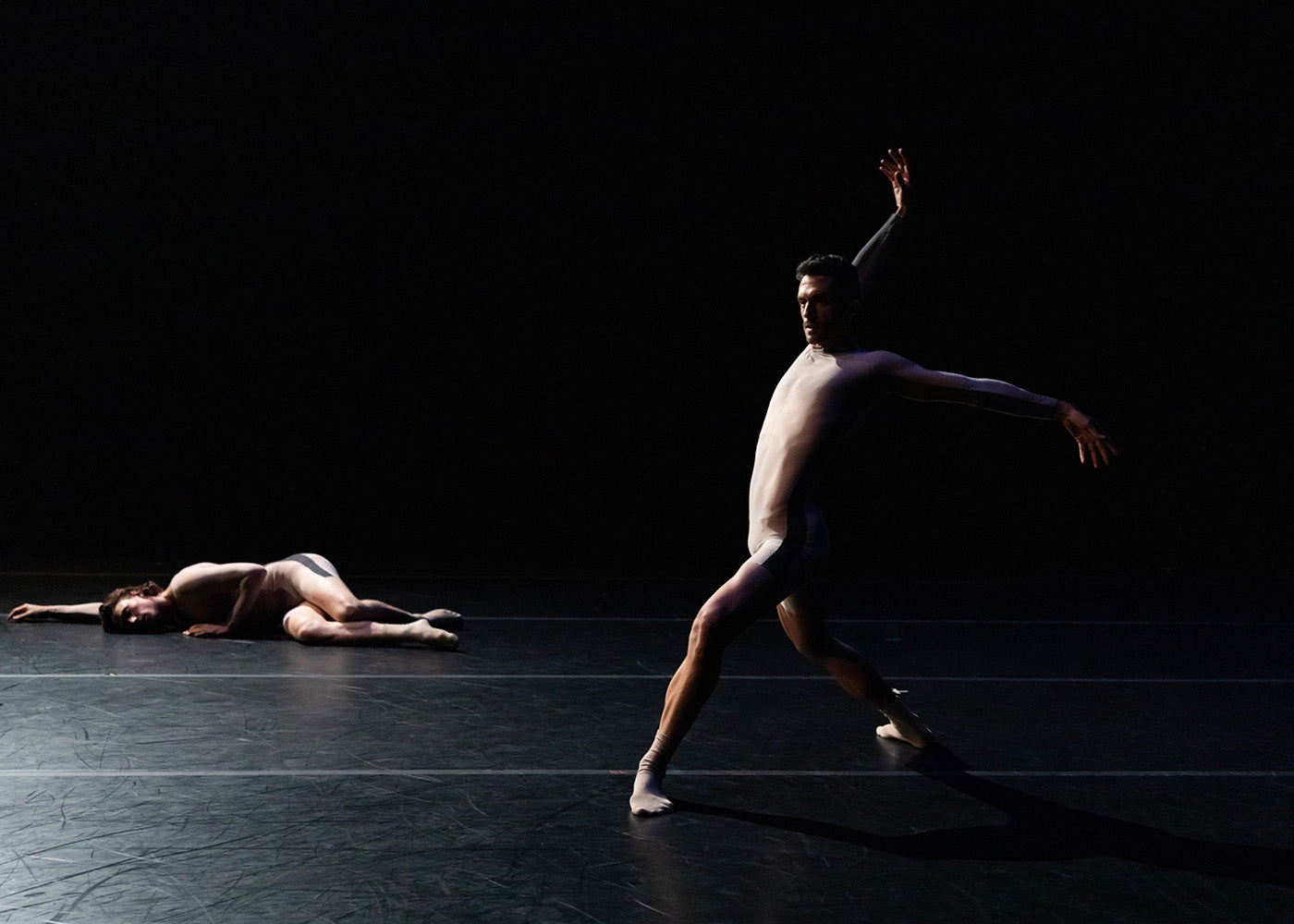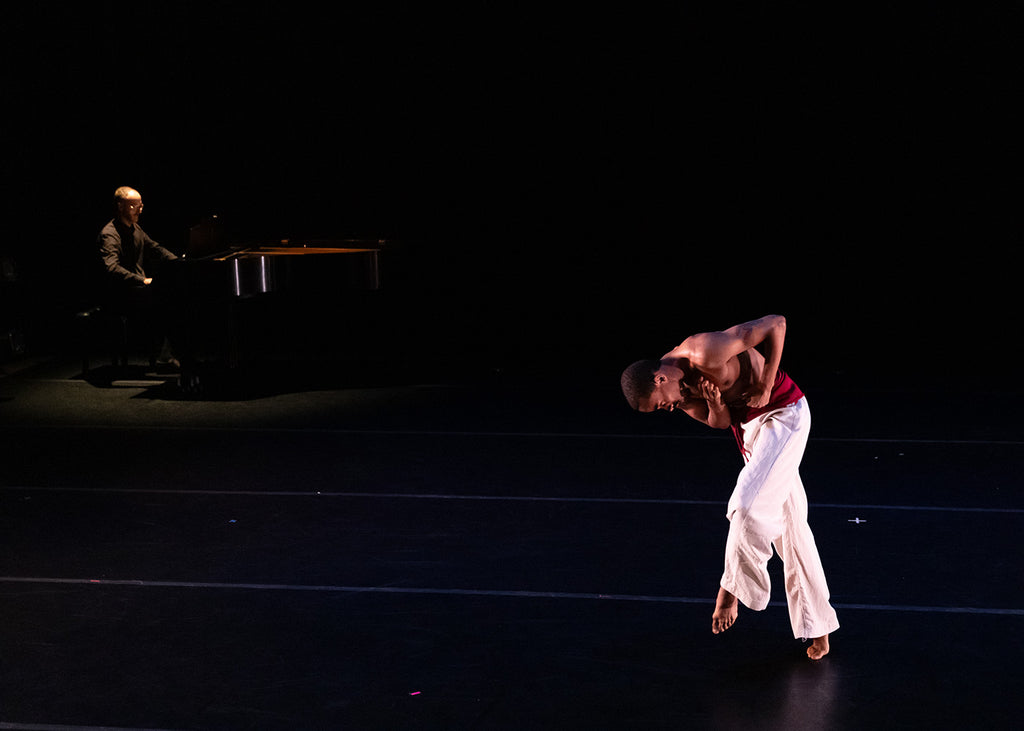Natural Histories
Miriam Miller steps into the center and raises her arm with deliberation, pressing her palm upward to the vaulted Gothic ceiling of the cathedral.
Continue Reading
World-class review of ballet and dance.
SFDanceworks performs only a short run once a year, but it fills a big void in San Francisco. Unlike Chicago or New York, we in the Bay Area have no Hubbard Street, no Gibney Company or Cedar Lake (RIP) to offer works by Ohad Naharin or Alejandro Cerrudo or other internationalist contemporary dance makers. When it comes to avant-gardism, our local behemoth, San Francisco Ballet, serves only an occasional dash of what you might call the Nederlands Dans Theater or NDT-adjacent aesthetic. (Though this is poised to change next year, with a commission from Aszure Barton on SF Ballet’s horizon.) Enter SFDanceworks. Founded in 2016 by former SF Ballet soloist James Sofranko, a Juilliard grad, the company is driven by its dancers’ hunger for exploration. And that hunger was evident throughout the company’s sixth summer season.
Performance
Place
Words



“Uncommonly intelligent, substantial coverage.”
Your weekly source for world-class dance reviews, interviews, articles, and more.
Already a paid subscriber? Login

Miriam Miller steps into the center and raises her arm with deliberation, pressing her palm upward to the vaulted Gothic ceiling of the cathedral.
Continue ReadingIn a series called “Just Dance” on Nowness—a site I sometimes visit to see what’s up in the world of “genre busting” dance films that make it onto this stylized platform—I sometimes find little gems that quietly rock my world.
Continue ReadingBack in October, New York City Ballet got a new cowboy. His arrival occurred in the final section of George Balanchine’s “Western Symphony.”
Continue ReadingWhen Richard Move enters from stage left, his presence is already monumental. In a long-sleeved gown, a wig swept in a dramatic topknot, and his eyes lined in striking swoops, the artist presents himself in the likeness of Martha Graham—though standing at 6’4, he has more than a foot on the late modern dance pioneer.
Continue Reading
comments